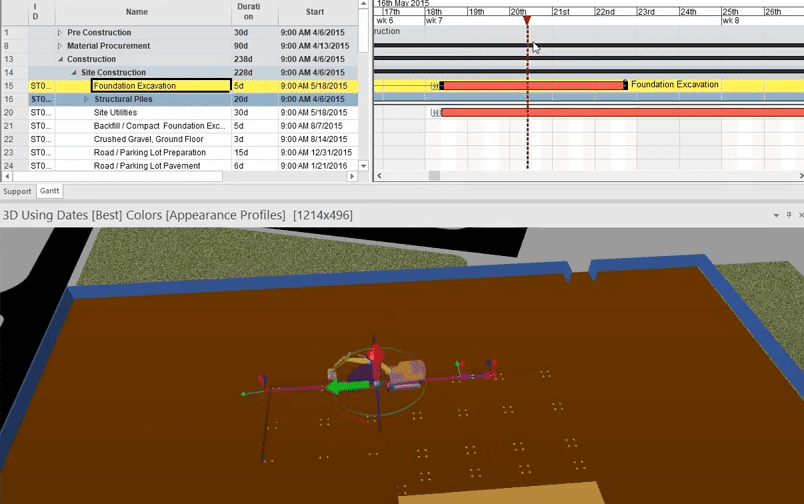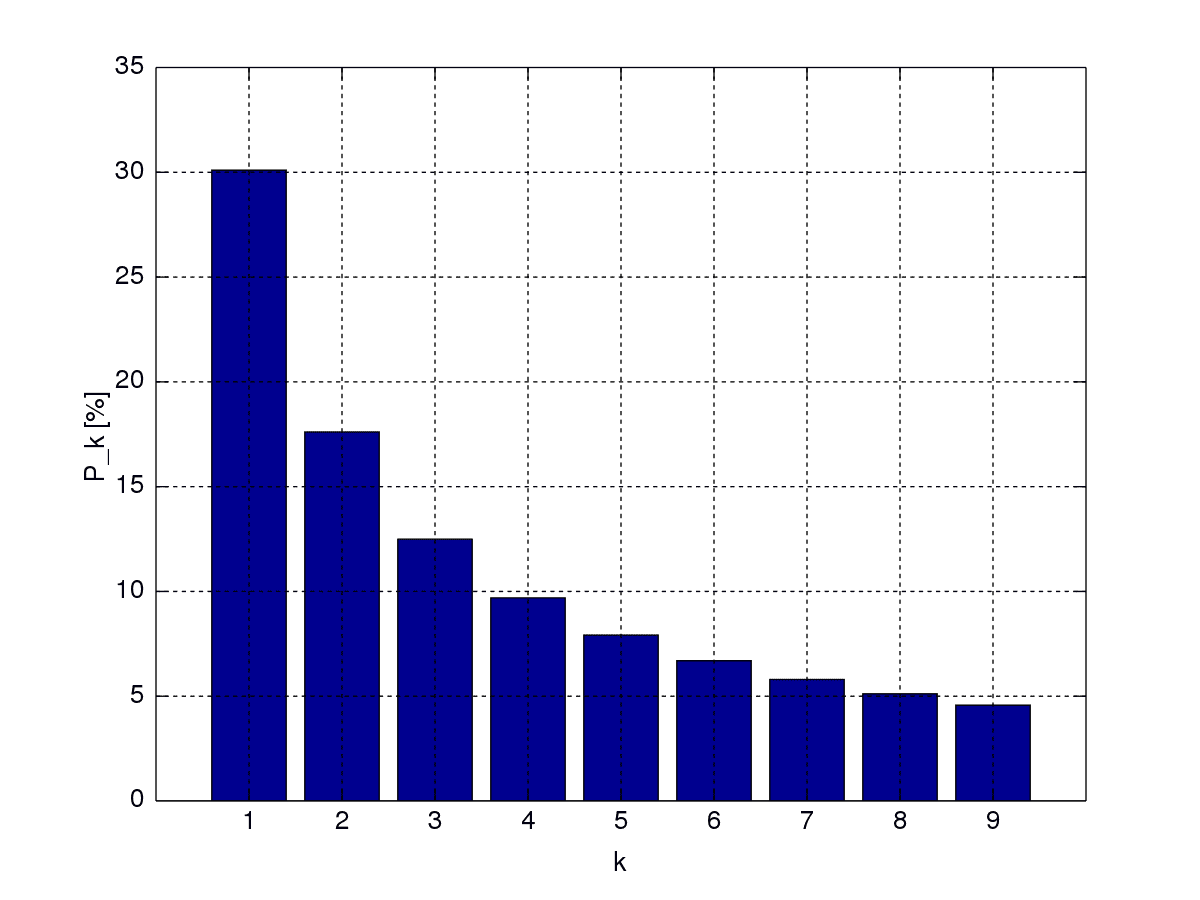When we visualize our SYNCHRO 4D model in 3D Window we can choose the following dates to use in the active 3D window:
- Best
- Actual
- Planned
- Baseline
- Proposed
- Late dates

Dates To Use
Let’s review each option
1. Best
To begin with, the SYNCHRO 3D window shows 4D simulation of our current schedule, a combination of actual + planned dates (past + future).
If the project hasn’t started, Best = Planned (all tasks are in the future from data date).
This is the default dates to use setting.

2. Actual
In this case 3D window will show 4D simulation of completed and ongoing tasks, up to data date. In simple words: we see only what has been done (past). This option is applicable only when construction is in progress, and we can use it to compare actual status to the initial schedule (base plan)
3. Planned
In this case, 3D window will show 4D simulation of remaining tasks, starting from data date. In simple words: only what will be done (future).
If the project hasn’t started, Planned = Best (all tasks are in the future from data date).
4. Baseline
In this case, 3D window will show 4D simulation of saved baseline, which might be our Baseplan or Scenario. This option is applicable only if we have created at least one baseline.

In case we have created more baselines, we choose, which one we want to show

This option is used to compare actual progress to the initial schedule (baseplan) or alternative construction scenarios
5. Proposed
In this case, 3D window will show 4D simulation of a temporary state of the un-rescheduled schedule but after implementing changes; proposed dates are used by planners only during the planning phase.
6. Late Dates
Finally, 3D window will show 4D simulation of tasks using their float to maximal extent – a state of a schedule with maximum “delay”; late dates are used by planners.







